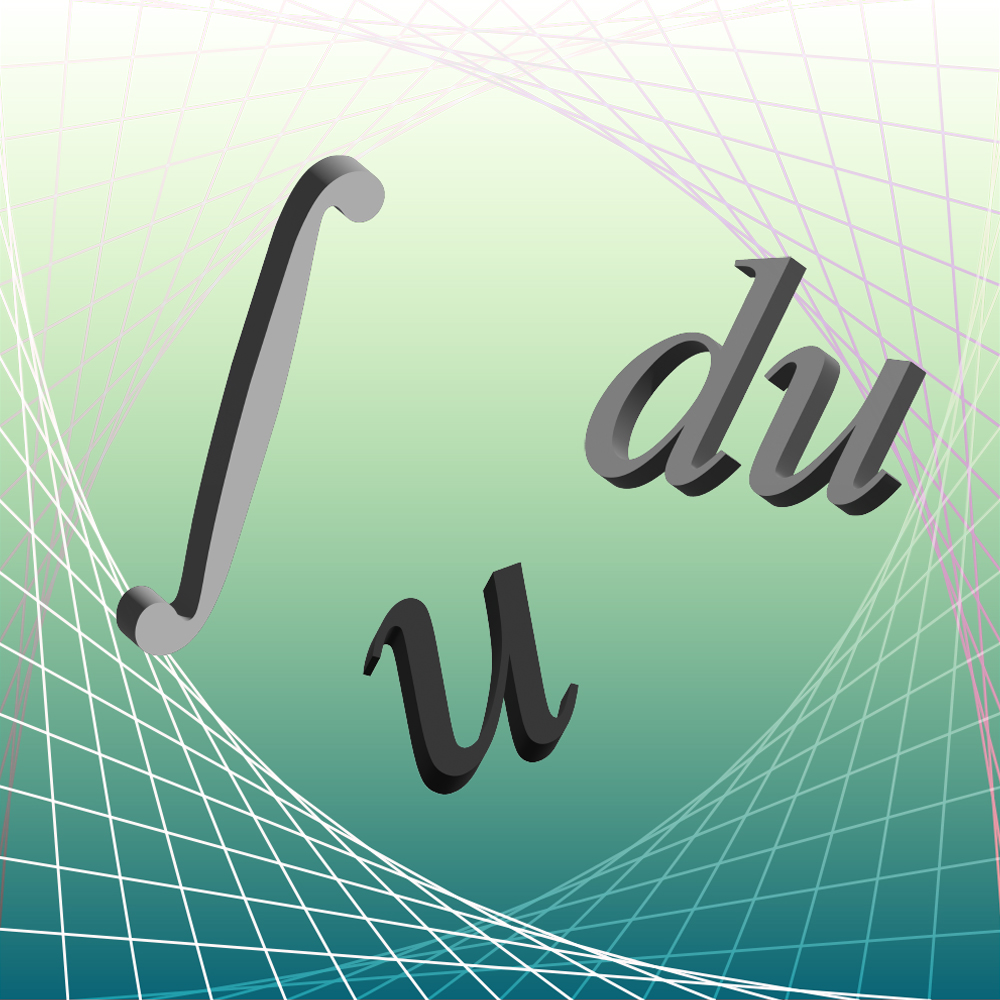Michell Eike
LEARN Author
K20 Center
Oklahoma Young Scholars/Javits

In this lesson, students use the Desmos Studio graphing calculator to explore how changing the y-intercept or slope of a line affects the graph. They will find real items to serve as examples of lines with defined slopes and use Desmos Studio to find the linear functions that represent those items.... Read more »
Slope-Intercept Form

In this lesson, students will explore the culture of the Osage tribe and their ribbonwork. Students will apply what they have learned about math and indigenous cultures to create their own ribbonwork design and demonstrate their understanding of reflections. Prerequisite knowledge for this lesson includes... Read more »
Reflections and Osage Ribbonwork

In this lesson, students will explore the relationship between piecewise functions and payroll taxes, specifically FICA (Federal Insurance Contributions Act) taxes. Students will learn how piecewise functions can be represented verbally, algebraically, graphically, and numerically. The tax information... Read more »
FICA and Functions

RCV123 serves as an effective tool for ranked-choice voting. Each person casts one vote, and when there are more than two options, voters can rank the options based on their preference. This method ensures that learners' voices are heard and supported. Read more »

In this activity, students will recall vocabulary about right triangles, then review sine, cosine, and tangent ratios. Students will then apply this knowledge to find missing sides, unknown angles, and other related information through practicing ACT-style math questions. This is the final activity... Read more »

In this activity, each student will reflect on their most recent ACT score and set a goal for a future ACT. Students will learn how to read their ACT score report and then apply this knowledge to set a goal for both their composite and math scores. Students will choose at least one action to practice... Read more »

In this lesson, students will use their knowledge of derivatives and pattern-recognition skills to find antiderivatives. Students will begin with the power rule for integration, evaluate the indefinite integral of basic trigonometric expressions, then learn how to integrate with u-substitution. Students... Read more »
Integration by Substitution

This strategy is a quick way to scan the room and know exactly how students are feeling about their work. Students are given the opportunity to Try an approach, Talk it out with a group, display a Color of cup that reflects their understanding, and then Check their work as a whole group. While great... Read more »

In this lesson, students will explore slope fields by visualizing a toy boat being moved by the current of a stream and a paper airplane moving through the air. Students will watch an interview of a meteorology researcher, then learn how to create and interpret slope fields given a differential equation.... Read more »
Meteorology and Wind Maps

In this lesson, students will discover how matrices are used in computer graphics. Students will learn how to perform the matrix operations of addition, subtraction, multiplication, and scalar multiplication. They will then learn how multiplying matrices relates to transformations and, in turn, animation... Read more »
Matrices in Computer Graphics